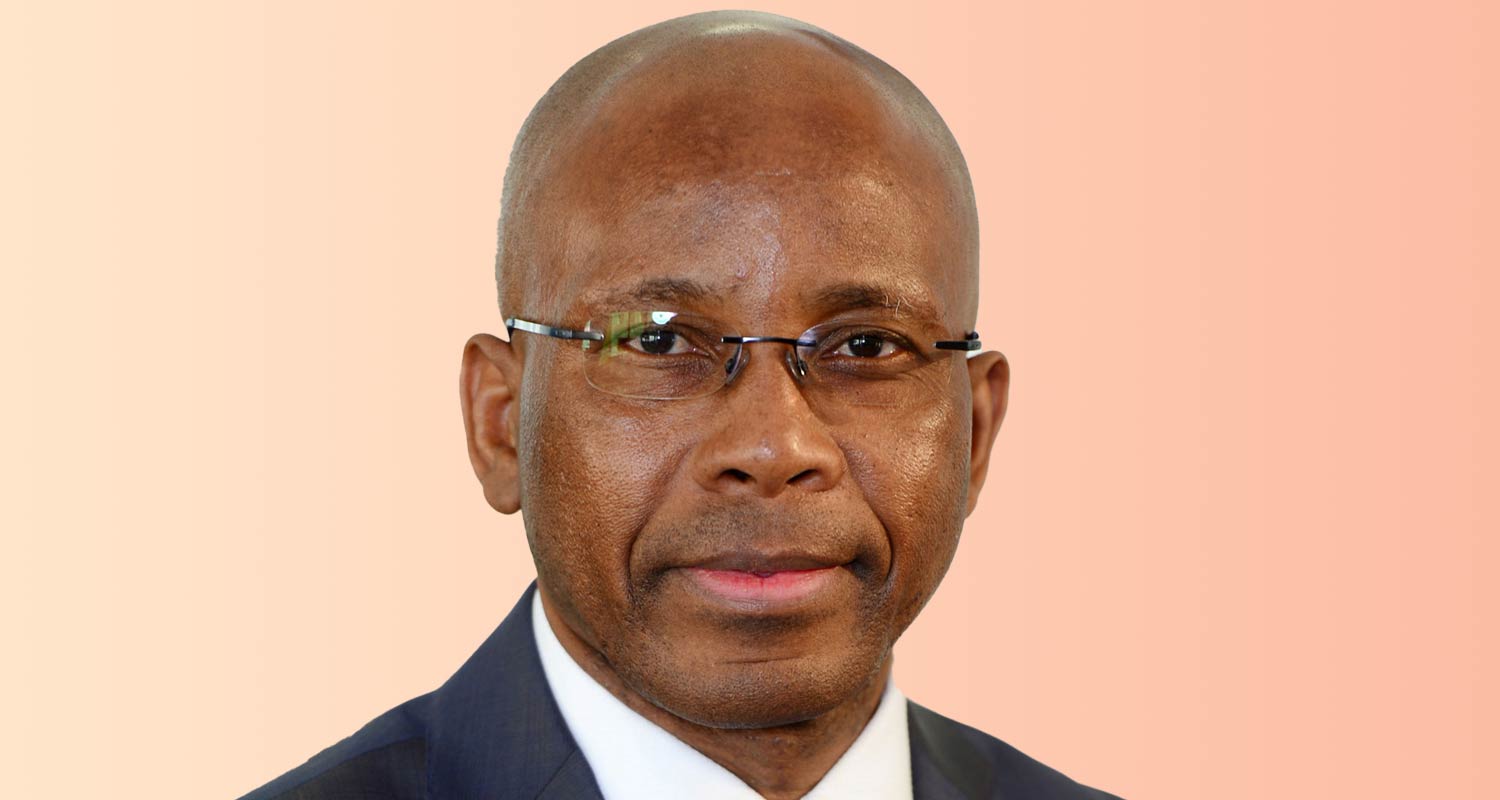 It has been three months since South Africans last experienced load shedding.
It has been three months since South Africans last experienced load shedding.
The last time rolling power cuts were imposed by Eskom was 93 days ago, on 26 March, marking the longest period of energy stability in the country since at least 2021.
“Load shedding continues to be suspended until further notice due to the ongoing intense focus on maintaining the gains made in the reliability and stability of the generation coal fleet during the winter months,” Eskom said in its weekly power alert published last Friday.
“The last time South Africa experienced a nearly equivalent extended suspension of load shedding was in the period between 23 July 2021 and 6 October 2021,” it said in last Friday’s update.
The state-owned utility said it is using open-cycle gas turbines – which run on expensive diesel – to support its coal-fired power stations during peak demand periods. However, OCGT usage is below year-to-date budget as well as the rates of usage in the same period last year.
“From 1 April 2024 to 20 June 2024, Eskom spent R2.7-billion on OCGTs, producing 390GWh. This is about 67% less than from 1 April 2023 to 20 June 2023 when R8.3-billion was spent to produce 1 354GWh,” said Eskom.
Prior to the election on 29 May, South Africans were sceptical about the motives behind what was then a two month-long reprieve from load shedding. Many feared that political pressure was forcing Eskom to overrun its OCGTs to keep the lights on, straining an already overstretched budget and increasing the risk that load shedding return with a vengeance after the poll.
Progress
In April, Eskom board chairman Mteto Nyati rejected the claims about political pressure, saying the utility’s ability to keep the lights on was the result of progress made in its maintenance strategy and not because it was running its power stations too aggressively.
“We started around March last year to implement strong planned maintenance across selected power stations within Eskom. That required us to take the pain in the short term, where we ended up having higher stages of load shedding because we had taken some this equipment [offline],” Nyati said.
The sustained maintenance initiative has led to a reduction in unplanned maintenance, which now averages just below 12GW of capacity. It also had a positive impact on Eskom’s weekly energy availability factor, which went up from 57% at the beginning of the financial year to 62% from 17-20 June 2024.

However, at a media briefing marking his first 100 days as Eskom CEO earlier this month, Dan Marokane said the company was not out of the woods yet. “Load shedding remains a risk; we are not at a point where we can comfortably say that is behind us.” — © 2024 NewsCentral Media

إرسال تعليق